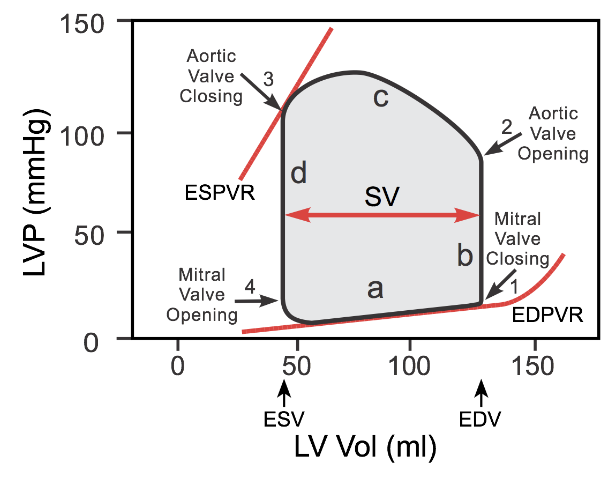
Advanced HF & Pulmonary HTN, Oklahoma Heart Institute, via @UCSDCardiology @TJHeartFellows @PennStateHershey @URochester_SMD | @JCardFail | @whoop | #GoBills
How to get URL link on X (Twitter) App


 - Changes in BP & SV with Δ in ventricular loading are predictable based on ventricular-arterial coupling.
- Changes in BP & SV with Δ in ventricular loading are predictable based on ventricular-arterial coupling.
https://twitter.com/AHajduczok/status/1583429179915132935- Preload is the stretching of cardiac myocytes prior to contraction (related to sarcomere length); it's measurable surrogate: ventricular end-diastolic pressure/volume.




 Part 1: The Basics
Part 1: The Basics


 I actually stumbled across this while reading about something else (tweetorial pending, cc @DoctorVig), but I digress.
I actually stumbled across this while reading about something else (tweetorial pending, cc @DoctorVig), but I digress.